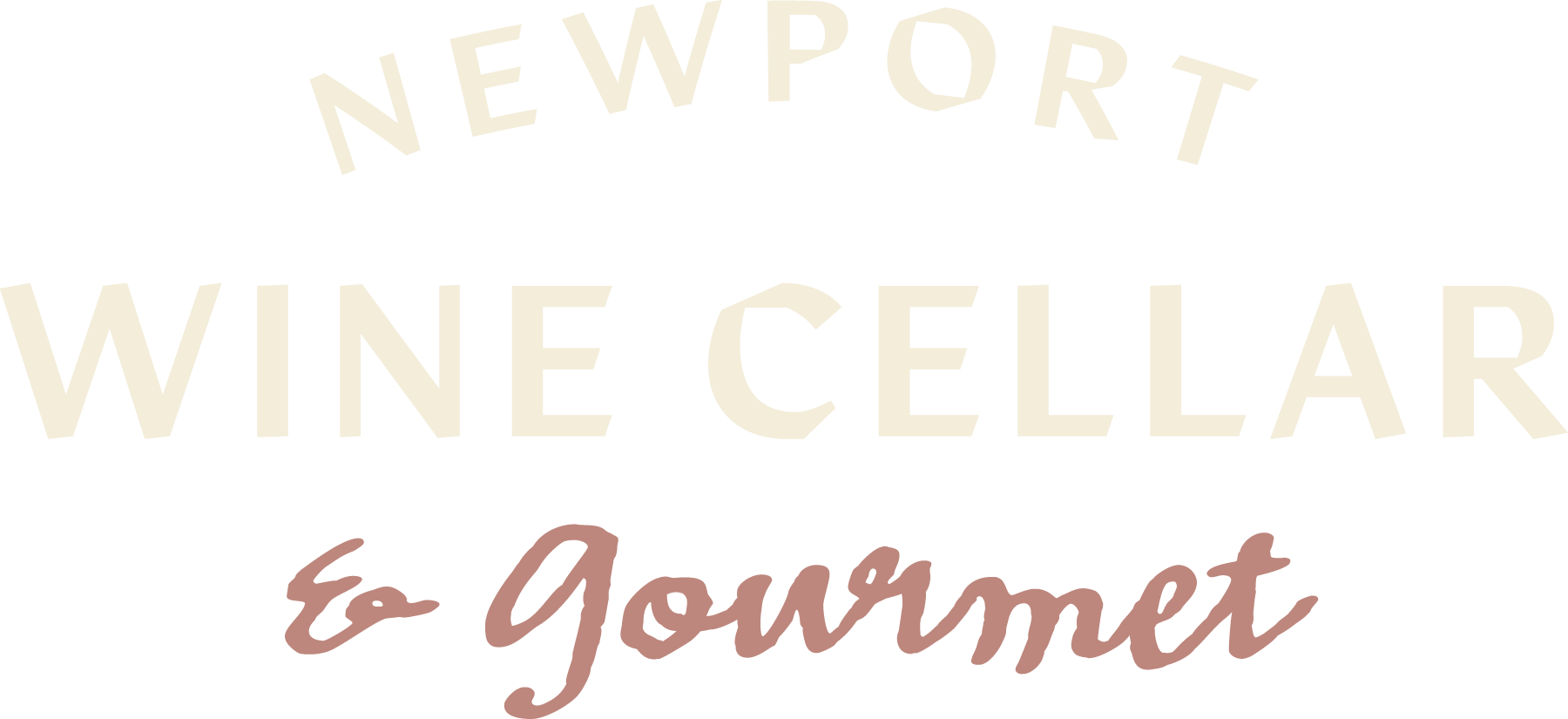It is early spring and the pruning has started in California's wine country. For me, that means it is time to bottle my rosé. Just writing those words give me a thrill and makes my cheeks ache from smiling. This stage brings with it a whole new set of decisions and choices, and I am grateful for my friend Nicole's help along the way. Luckily, nature was generous, so there was not much to do.
First things first, what kind of glass, cork or screw cap, what to put on the label. I am a girl, after all, so the outfit is of utmost importance. (All of these questions kept reminding me that I had actually made my first wine, which in turn makes me want to skip around the winery. I may have actually done that a little, truth be told.) I decided on clear glass, simple burgundy bottle, cork but no foil. The label was also simple and unpretentious: Tipsy Rose, inspired by my love of the double entendre and my yellow lab, Rosie. Tipsy Rose is a little wild, alluring, and a bit of a mystery, but she is always joyful and often seen with her head thrown back in laughter. Okay, so design is done, now the technical part because fun as that label might be, the wine better taste good!
At this point, we tested the wine which has been sitting on the lees in the barrel since October. Nearly all the sugar has fermented out, the wine went through partial malolactic fermentation, and upon sampling....it tasted okay. I was thrilled when Nicole and I pulled a sample with the wine thief and sampled it. We looked at each other, smiled, nodded, and sipped again. It has a little blood orange and berry on the nose, tastes fresh and smooth with bright acidity, and finishes clean, leaving me wanting another sip. I was pleasantly surprised. I know Nicole knows what she is doing, but I am a new-be to this stuff and had no idea what it might taste like.
Some of the possible choices would be to add acid or to filter or fine the wine before bottling. I choose to do none of these things, but instead to leave it as is. It tasted good, why mess around with it? I know there are reasons for filtering, but with rosé, Nicole's advice was leave it, so I did. We racked and bottled two days later.
Because I only had a half barrel, we had to bottle by hand, which was new and exciting for me at first, but everyone else in the winery seemed amused by the joy I was taking squeezing each individual cork into a hundred and forty-four bottles. I can see why a bottling line is appealing. Wait until I have put 144 labels on front and back...any volunteers?
The wine is resting in the bottle, and will be in Rhode Island not long after I return. I look forward to introducing you to Tipsy Rose rosé and her sister Grenache in the fall.
We drew a sample of the red, by the way, which will need a bit more time but tastes great already, so I decided to leave her sitting on her lees for a bit longer and will check in later this spring. That means another trip out to California for this east coast girl. Did I mention that I love it out here?





